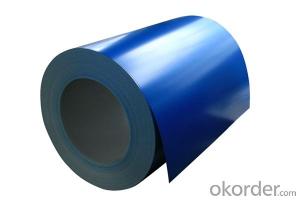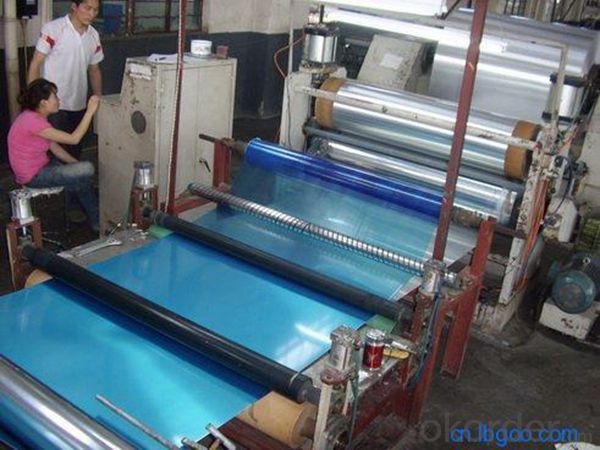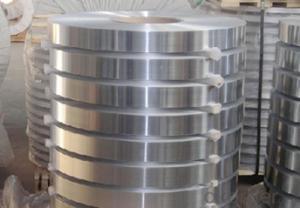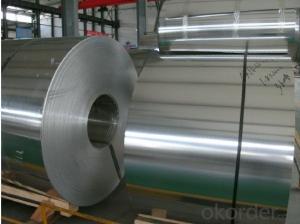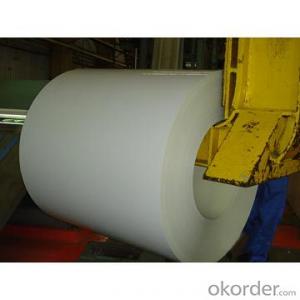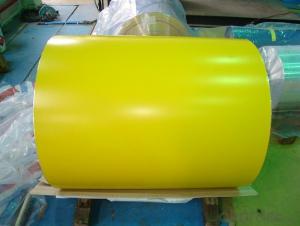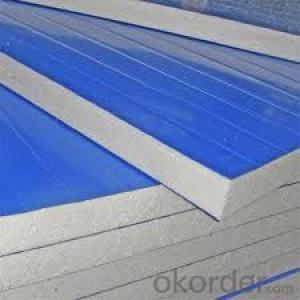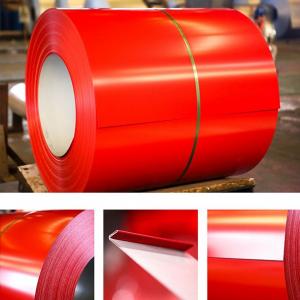Aluminum Coil Coating - PPGI Colorful Pre-Painted Galvalume Zinc Aluminum Coil
- Loading Port:
- Shanghai
- Payment Terms:
- TT OR LC
- Min Order Qty:
- 5 m.t.
- Supply Capability:
- 10000 m.t./month
OKorder Service Pledge
OKorder Financial Service
You Might Also Like
Specification
1. Specification of PPGI Colorful Pre-painted Galvalume Zinc Aluminum Coil Coating
characteristics | Application |
1) Super peeling strength | 1) Building exterior curtain walls |
2) Excellent surface flatness and smoothness | 2) Decoration and renovation additions for old buildings |
3) Superior weather, corrosion, pollutant resistance | 3) Decoration of interior walls, ceilings, bathrooms, kitchens and balconies |
4) Even coating, various colors | 4) Shop door decorations |
5) Fireproof, excellent heat and sound insulation | 5) Advertisement board display platforms and signboards |
6) Superior impact resistance | 6) Wallboards and ceilings for tunnels |
7) Lightweight and easy to process | 7) Industrial materials, materials for vehicles and boats |
2. Application of PPGI Colorful Pre-painted Galvalume Zinc Aluminum Coil Coating
(1).Interior: wall cladding, ceilings, bathrooms, kitchens and balconies, shutters, doors...
(2).Exterior: wall cladding, facades, roofing, canopies, tunnels,column covers , renovations...
(3).Advertisement: display platforms, signboards, fascia, shop fronts...
3. Feature of PPGI Colorful Pre-painted Galvalume Zinc Aluminum Coil Coating
*Such coil is specially designed to replace aluminum ingot, due to the high export tax of aluminum ingot, the coil has better price than ingot.
*This type of coil can fit customer's remelting furnace just like ingot, no need to make any change to the production line that was previously used for ingot. The standard coil size and weight is very suitable for the feed gate of furnace.
*This type of coil causes less material wastage than ingot when remelted.
*Our coil is made directly from ore, no need to go though the ingot making process, quality is much better than other suppliers who use ingot scrap to make coil.
Be free from Oil Stain, Dent, Inclusion, Scratches, Stain, Oxide Dicoloration, Breaks, Corrosion, Roll Marks, Dirt Streaks and other defect which will interfere with use
4. Certificate:
SGS and ROHS(if client request, paid by client), MTC(plant provided), Certificate of Origin(FORM A, FORM E, CO), Bureau Veritas and SGS (if client request, paid by client), CIQS certificate
5. Image of PPGI Colorful Pre-painted Galvalume Zinc Aluminum Coil Coating
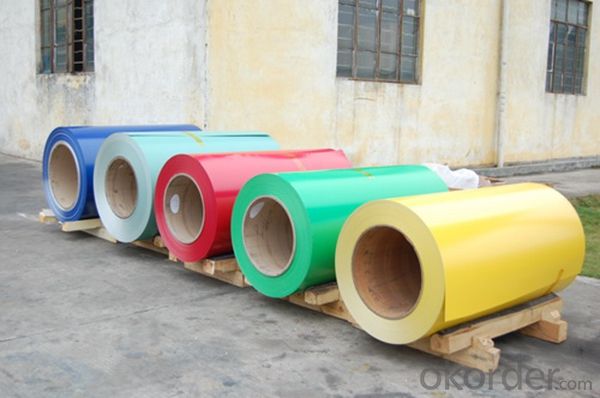
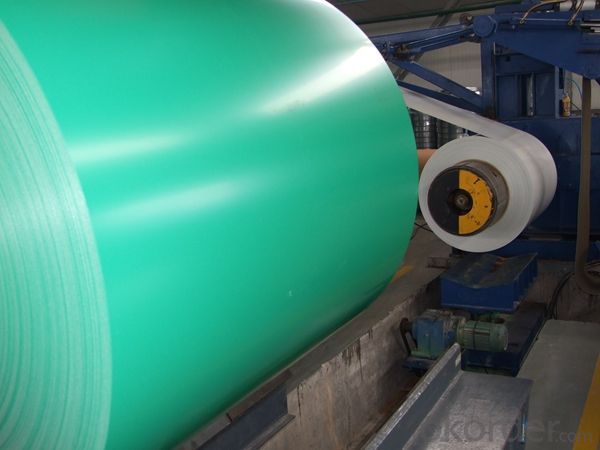
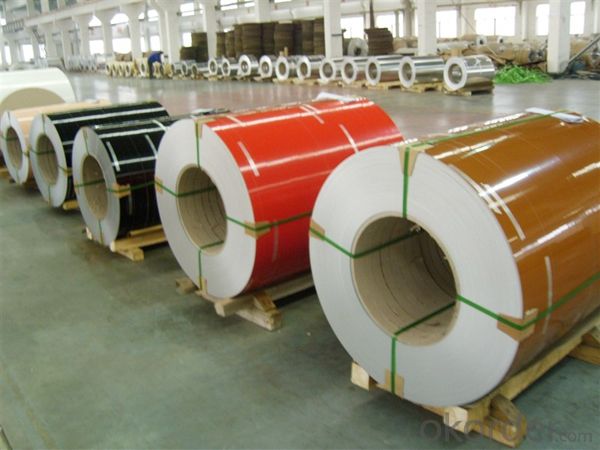
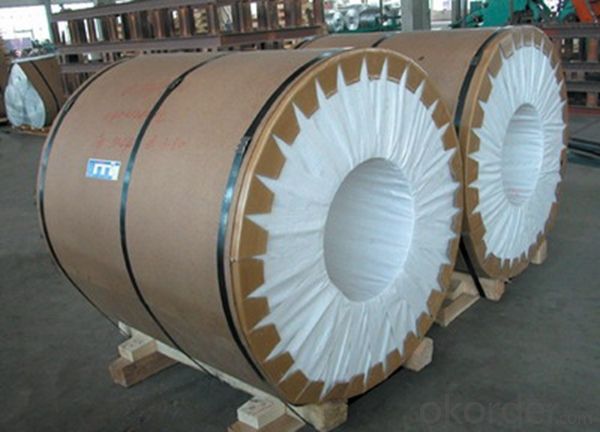
6. Package and shipping of PPGI Colorful Pre-painted Galvalume Zinc Aluminum Coil Coating
eye to wall
eye to the wall
with wood pallet (wooded case also available)
7. FAQ
1) What is the delivery time?
Dpends on actual order, around 20 to 35 days
2)What is the QC system:
We have QC staff of 20 persons and advanced equipment, each production is with MTC traced from Aluminum ingot lot.
3) What market do you mainly sell to?
Australia, America, Asia, Middle East, Western Europe, Africa etc
- Q: Explain the key differences between aluminum coil welding and soldering processes.
- <p>Aluminum coil welding and soldering are two distinct methods used in metal joining. Welding involves the fusion of aluminum coils using heat to create a strong bond between the metals. This process can be done with various techniques such as MIG, TIG, or laser welding, and it results in a permanent joint. Soldering, on the other hand, is a process that uses a filler metal with a lower melting point than the base metal (aluminum in this case) to join the materials. The joint is not as strong as a welded joint, and the process does not involve melting the base metal. Soldering is often used for electrical connections or when a less permanent bond is required. In summary, welding creates a stronger, more permanent bond by melting the base metal, while soldering uses a filler metal to create a less permanent bond.</p>
- Q: Would an SS scribe scratch an aluminum plate? What is the hardness value of both metals?
- It depends. If you are talking about pure Al, then yes, any SS alloy is harder than pure Al. However... There are a huge range of stainless steel alloys and they can be processed in ways which produce a large range of hardness. Similarly, there are a huge range of Al alloys with a huge range of hardness values. If you are really interested in hardness values, you need to be specific about which materials you are talking about.
- Q: How are aluminum coils used in the production of consumer electronics?
- Aluminum coils are commonly used in the production of consumer electronics for various purposes such as heat dissipation, electrical conductivity, and structural support. They are often found in devices like laptops, smartphones, and televisions, where they help in maintaining the temperature of internal components, ensuring efficient performance. Additionally, aluminum coils are used in circuit boards and connectors to facilitate the flow of electricity and enhance conductivity. Their lightweight nature and corrosion resistance make them ideal for consumer electronic applications.
- Q: What are the advantages of using aluminum coils?
- There are several advantages of using aluminum coils in various applications. Firstly, aluminum coils are lightweight compared to other materials such as copper or steel. This makes them easier to handle and transport, reducing the overall weight of the system or product they are used in. Additionally, their lightweight nature also makes installation and maintenance much simpler and more convenient. Secondly, aluminum coils have excellent corrosion resistance. They naturally form a protective oxide layer on their surface, which prevents further oxidation and corrosion, even in harsh environments. This makes them ideal for outdoor applications or in areas with high humidity or exposure to chemicals. Furthermore, aluminum coils have a high thermal conductivity, meaning they can efficiently transfer heat. This makes them particularly valuable in heating, ventilation, and air conditioning (HVAC) systems, where they can help improve energy efficiency and reduce the overall energy consumption. In addition, aluminum coils are highly flexible and can be easily formed into different shapes and sizes. This flexibility allows for greater design freedom and customization, making them suitable for a wide range of applications. They can be easily bent, cut, or shaped to fit specific requirements, without compromising their structural integrity. Lastly, aluminum coils are also cost-effective. Aluminum is abundant and widely available, making it more affordable compared to other materials. Moreover, its lightweight nature reduces transportation costs, and its corrosion resistance eliminates the need for frequent maintenance and replacements, ultimately resulting in long-term cost savings. Overall, the advantages of using aluminum coils include their lightweight nature, excellent corrosion resistance, high thermal conductivity, flexibility, and cost-effectiveness. These qualities make aluminum coils a popular choice in various industries, such as construction, automotive, aerospace, and HVAC.
- Q: How do aluminum coils perform in high-temperature applications?
- Aluminum coils perform exceptionally well in high-temperature applications. Aluminum is known for its excellent heat conductivity and high melting point, allowing it to withstand extreme temperatures without losing its structural integrity. This makes aluminum coils a popular choice for various industries that require heat transfer and dissipation, such as automotive, aerospace, and HVAC systems. One of the key advantages of aluminum coils in high-temperature applications is their ability to efficiently transfer heat. Aluminum has a thermal conductivity that is much higher than other commonly used metals, such as copper or steel. This means that aluminum coils can quickly and effectively transfer heat from one area to another, ensuring efficient heat dissipation and preventing overheating. Additionally, aluminum has a high melting point of 660 degrees Celsius (1220 degrees Fahrenheit), which is significantly higher than many other metals. This allows aluminum coils to withstand high temperatures without deforming, warping, or losing their structural integrity. Their stability at high temperatures makes them suitable for applications where heat resistance is crucial, such as in engine cooling systems or industrial ovens. Furthermore, aluminum coils are lightweight compared to other metals, which is another advantage in high-temperature applications. Their low density allows for easier handling and installation, reducing the overall weight of the system. This is particularly important in industries like automotive and aerospace, where weight reduction is a significant factor for improving fuel efficiency and overall performance. In summary, aluminum coils are highly reliable and perform exceptionally well in high-temperature applications. Their excellent heat conductivity, high melting point, and lightweight properties make them an ideal choice for industries that require efficient heat transfer, heat dissipation, and heat resistance.
- Q: Can aluminum coils be used in high-altitude environments?
- Yes, aluminum coils can be used in high-altitude environments. Aluminum is a lightweight and corrosion-resistant material, making it suitable for various applications, including in high-altitude environments. Aluminum coils are commonly used in air conditioning systems, heat exchangers, and refrigeration units, which can function efficiently at high altitudes. Aluminum's high strength-to-weight ratio allows it to withstand the extreme conditions found at high altitudes, including low temperatures, high winds, and low atmospheric pressure. Additionally, aluminum is non-magnetic, which is advantageous in certain high-altitude applications, such as aerospace and satellite technologies. Furthermore, aluminum has excellent thermal conductivity, allowing it to efficiently transfer heat, making it ideal for use in cooling systems operating in high-altitude environments. Its corrosion resistance properties also make it durable and able to withstand the effects of moisture, which can be prevalent in such environments. Overall, aluminum coils are a reliable and suitable choice for use in high-altitude environments due to their lightweight, corrosion resistance, thermal conductivity, and strength.
- Q: Can aluminum coils be used for window frames?
- Yes, aluminum coils can be used for window frames. Aluminum is a popular choice for window frames due to its lightweight, durable, and corrosion-resistant properties. It is also easily customizable and can be painted or anodized to achieve different aesthetics.
- Q: I'm trying to cast aluminum using plaster and i was wondering if any one know how much the plaster has to be baked and how to tell if the plaster is dried fully and ways to do it. thx
- Plaster releases water at two points - in ordinary or accelerated drying it loses the water needed for setting and stops feeling cool and feels dry. If it is heated past 900F it loses chemically bound water and may fall apart. Aluminum melts at several hundred degrees higher than this and if the mold is intended to hold a mass of aluminum is is likely to destroy the mold. If the aluminum casting is fairly flat less of a problem. The common method for dealing with this is to add 50% silica flour (bad for lungs warning) to the dry plaster when making the mold. Then the mixed material mold can be used and preheated to take materials at least up to fused/molten glass, although the mold is commonly lost (not reusable) at these temps and just barely holds together.
- Q: What are the various techniques used in the manufacturing process to create insulation for aluminum coils?
- <p>Aluminum coil insulation is produced using several methods, including lamination, extrusion, and coating. Lamination involves stacking thin sheets of aluminum with insulating material between them. Extrusion is a process where aluminum and insulation materials are pushed through a die to create a continuous profile. Coating methods apply a layer of insulating material directly onto the aluminum coil surface. These methods ensure the insulation maintains its properties under varying conditions, providing electrical isolation and protection against environmental factors.</p>
- Q: Which is more unhealthy the bleached parchment paper or the aluminum from the pan?
- Parchment paper is siliconized and the aluminum is stabalized. Based on that choice you're not any more or less safer with either or both.
Send your message to us
Aluminum Coil Coating - PPGI Colorful Pre-Painted Galvalume Zinc Aluminum Coil
- Loading Port:
- Shanghai
- Payment Terms:
- TT OR LC
- Min Order Qty:
- 5 m.t.
- Supply Capability:
- 10000 m.t./month
OKorder Service Pledge
OKorder Financial Service
Similar products
Hot products
Hot Searches
Related keywords
